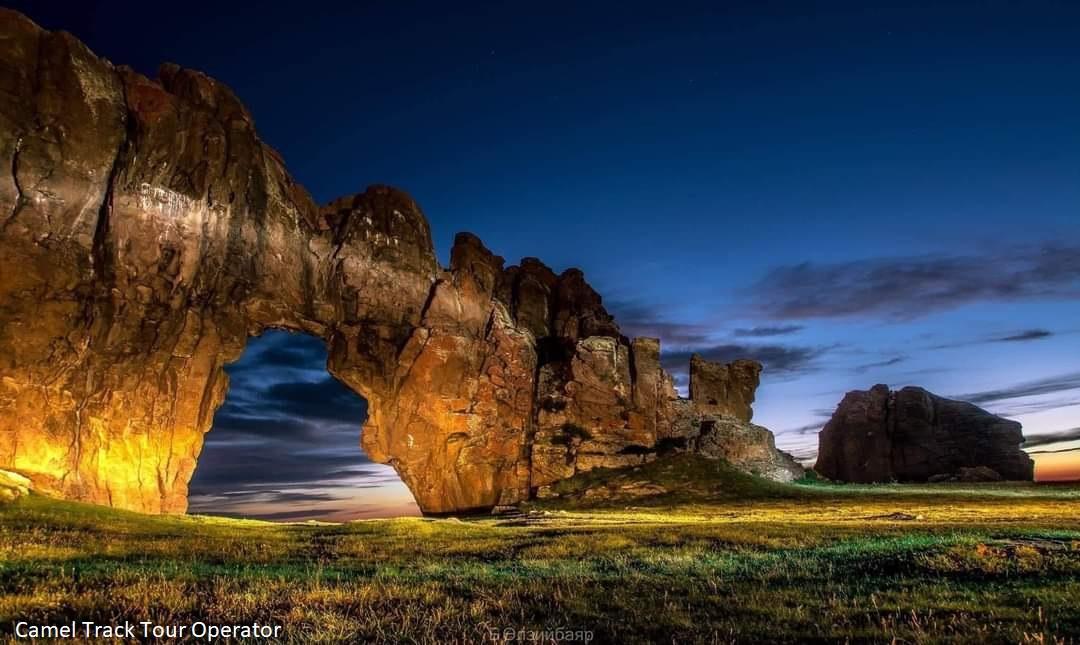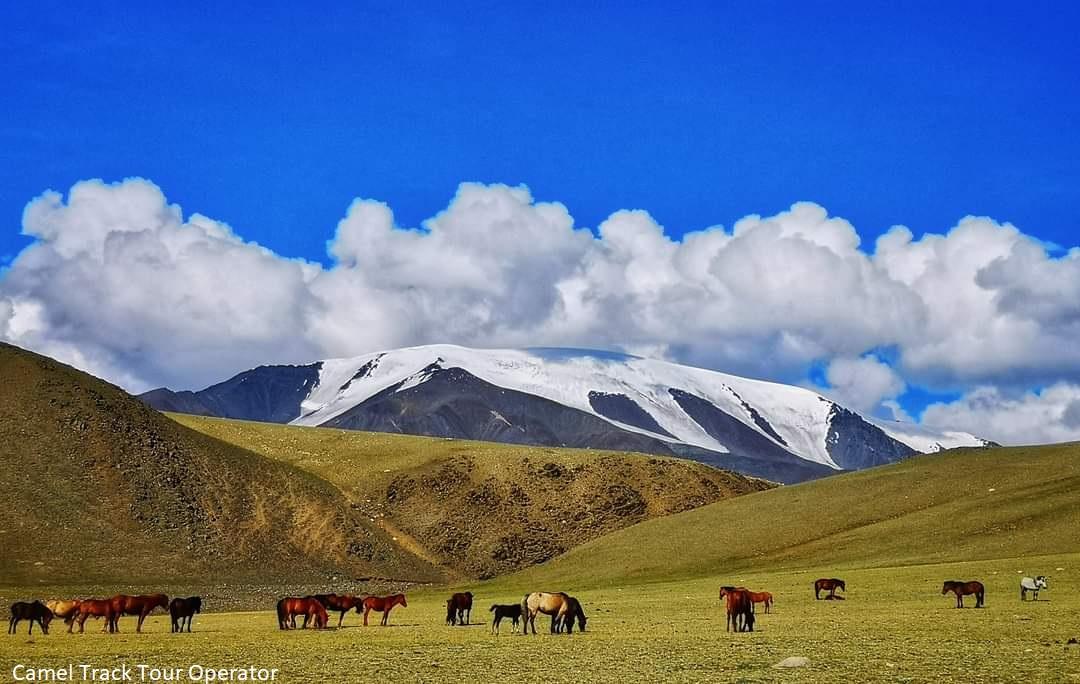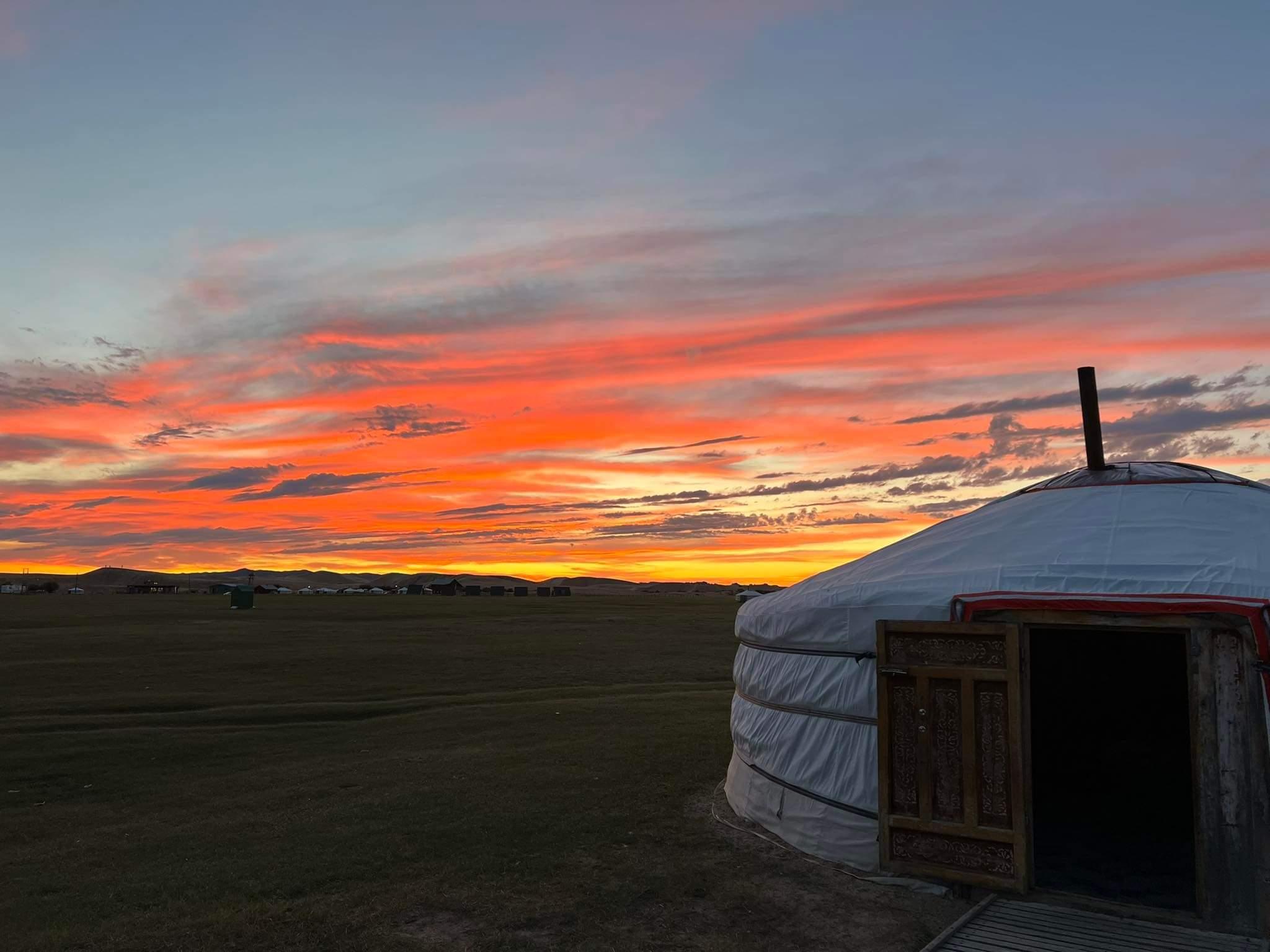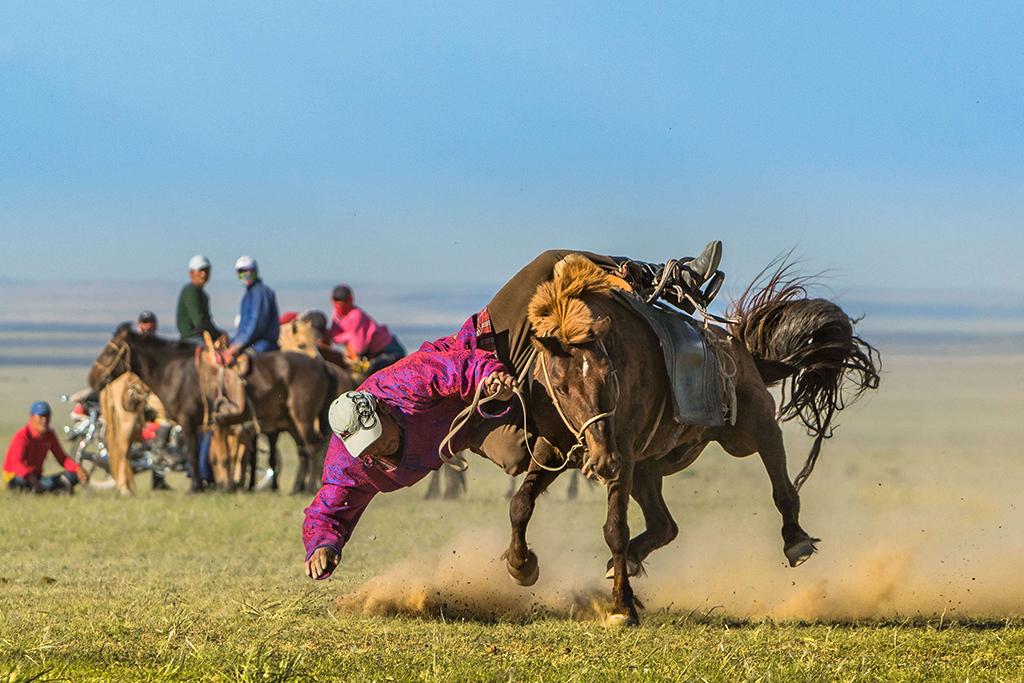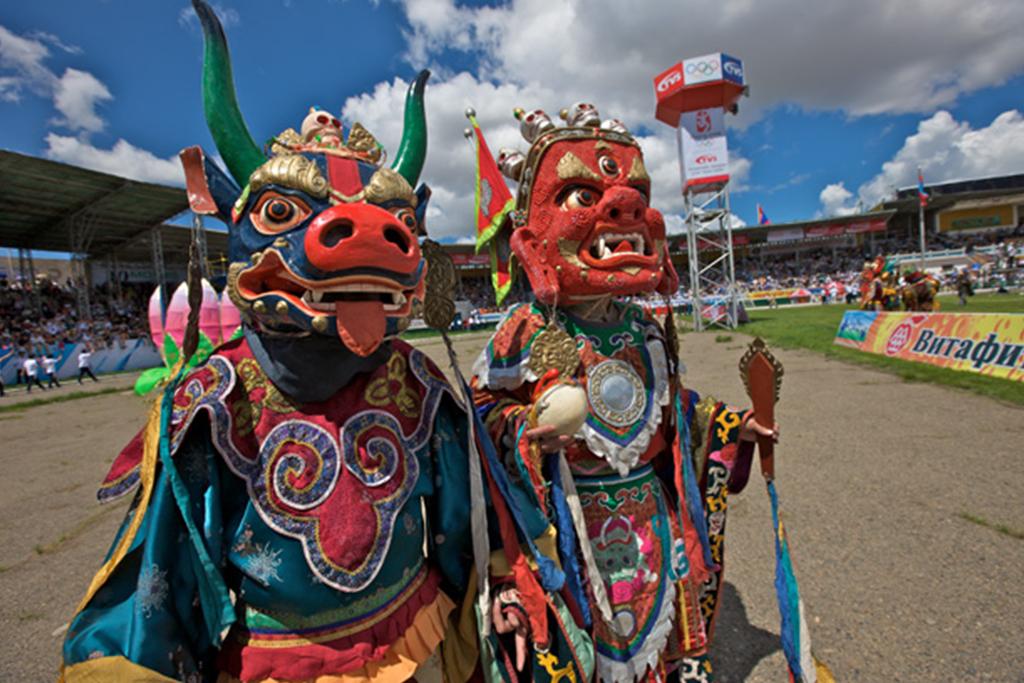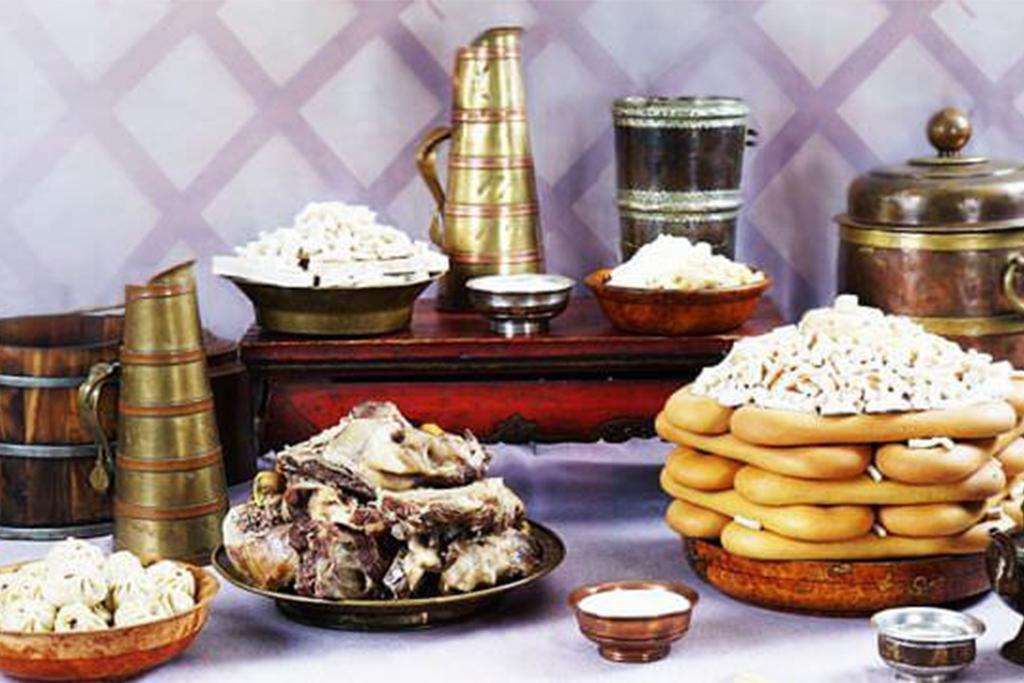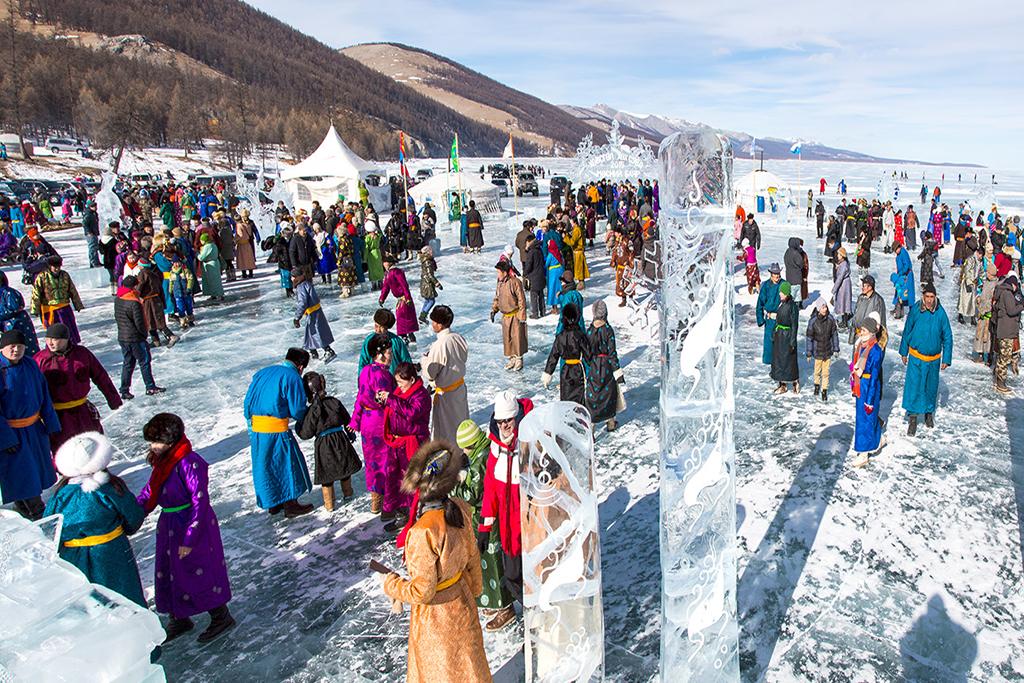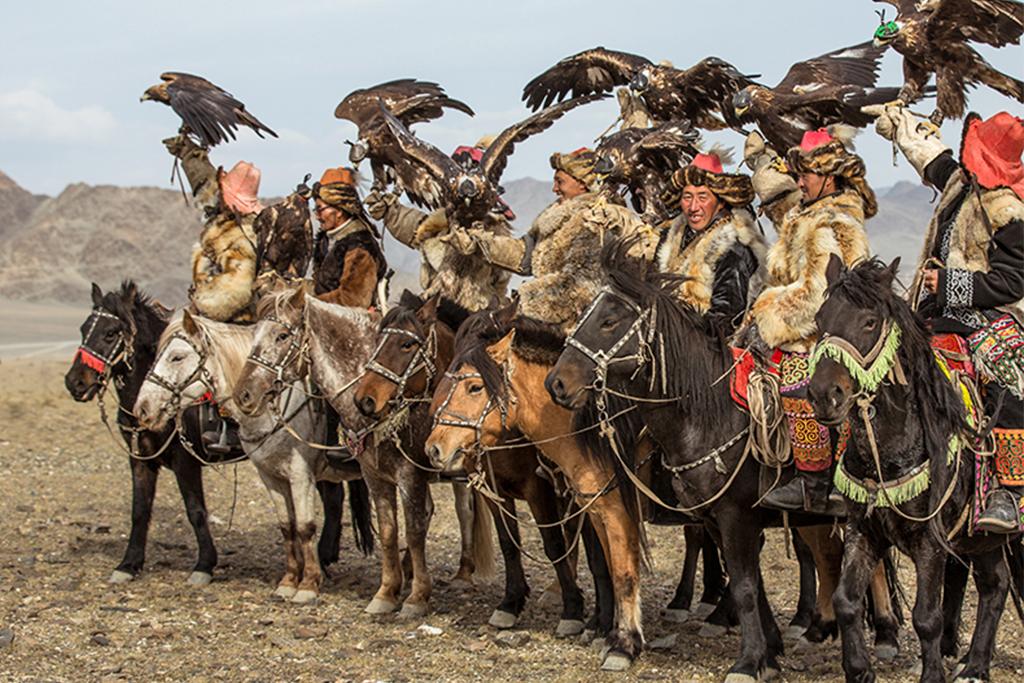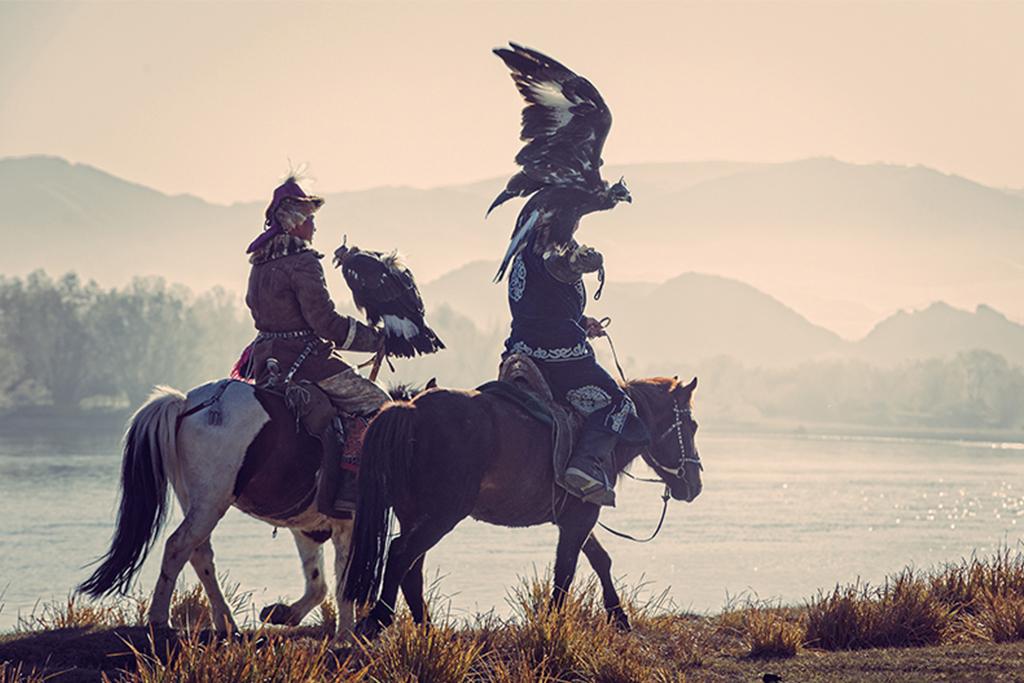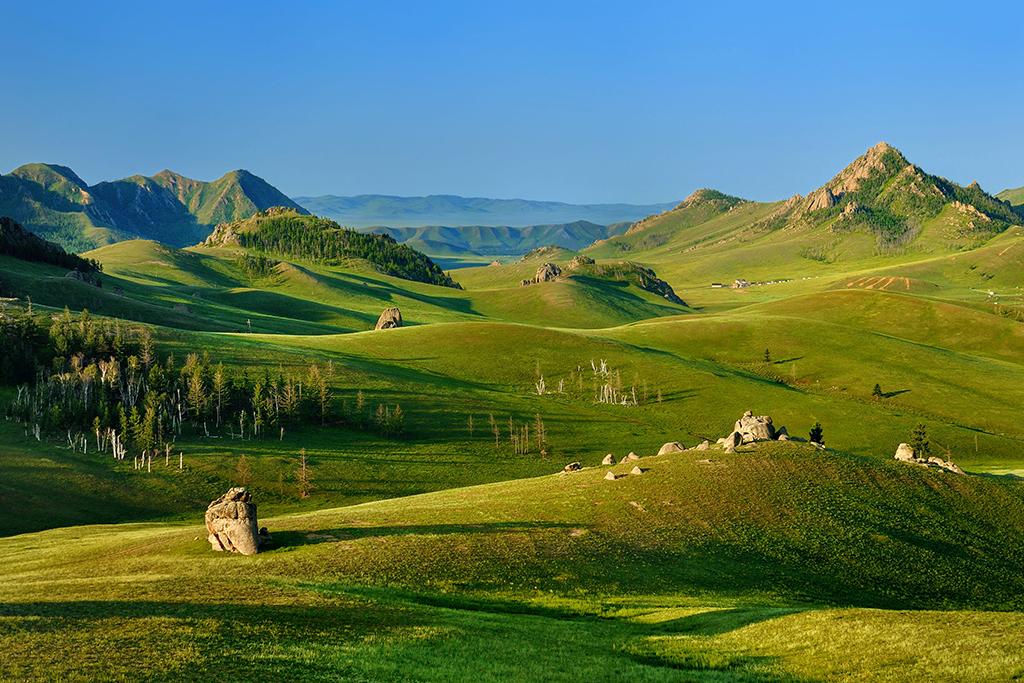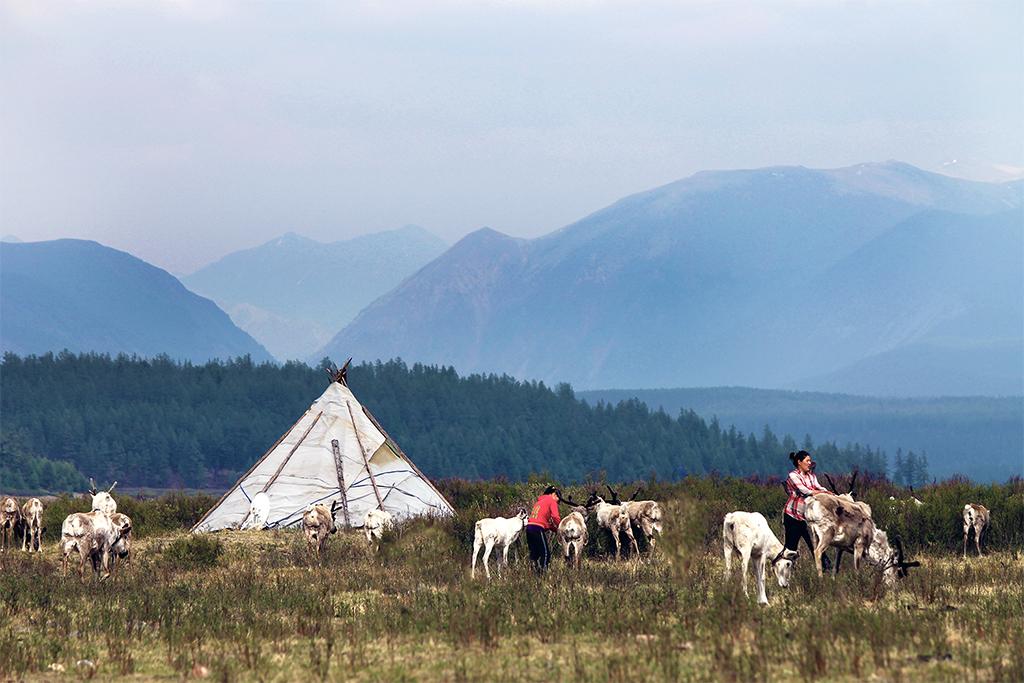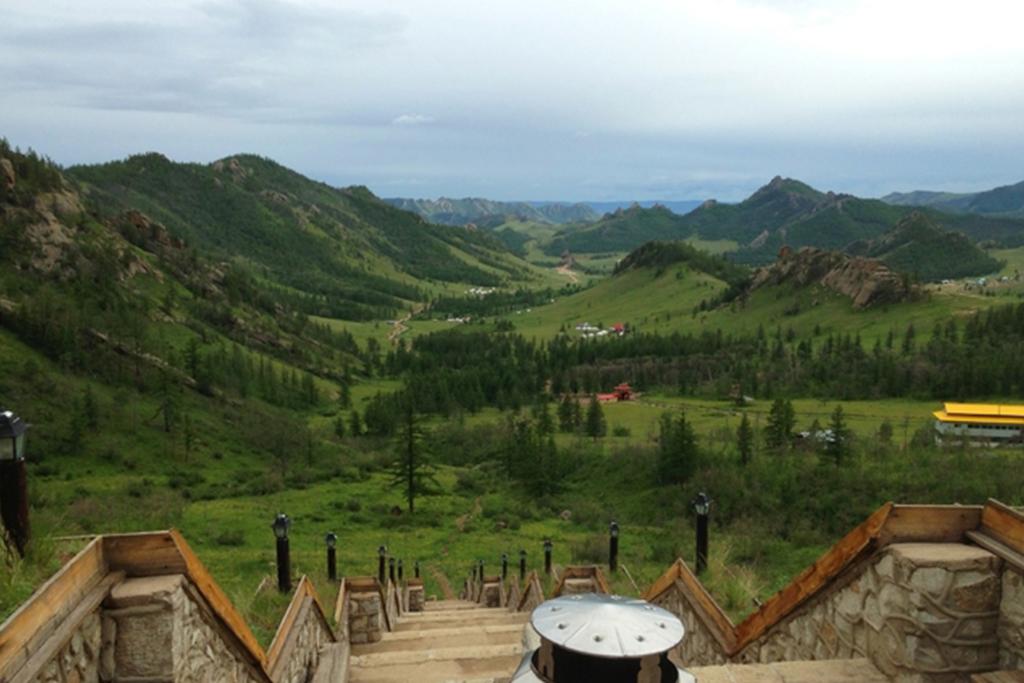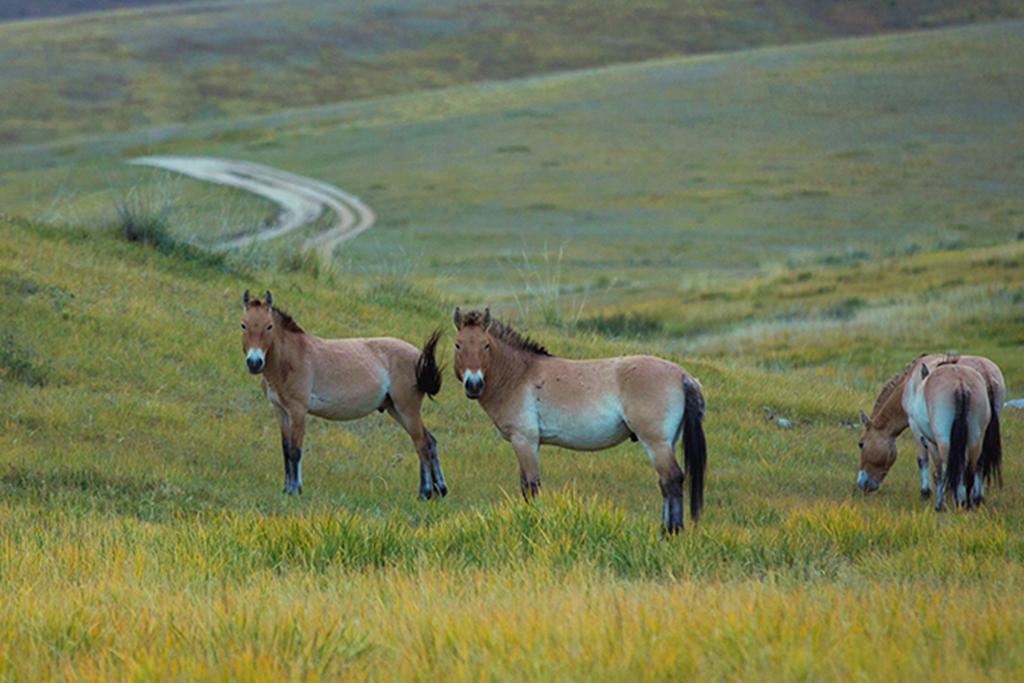ABOUT MONGOLIA
Mongolia is truly one of the world's last undiscovered travel destinations and the safest country to visit. It is a land where you can experience wide-open spaces, cobalt blue skies, forests, deserts, crystal clear rivers and lakes, and the traditional hospitality of the nomads. Permanent dwellings are few and far between, fences even fewer and the land is owned by the people, like one large National Park. As a tremendous destination to experience the outdoors, Mongolia also boasts of unique history dating back to the Mongol Empire of Genghis Khan. Simply put, it is a land of adventure, horses, nomads, and blue sky.
-
Mongolian Nature and Geography
Geography of Mongolia
The southern part of territory of Mongolia is desert. Mongolia is a landlocked country in Northern Asia, strategically located between China and Russia. The terrain is one of mountains and rolling plateaus, with a high degree of relief. Overall, the land slopes from the high Altai Mountains of the west and the north to plains and depressions in the east and the south. Huitenii Orgil (soc.priod. sometimes called Nayrandalin Orgil-Mount Friendship) in extreme western Mongolia, where Mongolian, Russian, and Chinese borders meet, is the highest point (4374 meters). The lowest is 560 meters, an otherwise undistinguished spot in the eastern Mongolian plain. The country has an average elevation of 1580 meter. The landscape includes one of Asia’s largest freshwater lakes (Khovsgol Nuur), many salt lakes, marshes, sand dunes, rolling grasslands, alpine forests, and permanent montane glaciers. Northern mongolia and western Mongolia are seismically active zones, with frequent earthquakes and many hot springs and extinct volcanoes.
Mountain regions
Mongolia has three major mountain ranges. The highest is the Altai Mountains, which stretch across the western and the southwestern regions of the country on a northwest-to-southeast axis. The Khangay Mountains (Khangayn Nuruu), mountains also trending northwest to southeast, occupy much of central and north-central Mongolia. These are older, lower and more eroded mountains, with many forests and alpine pastures. The Hentyn Nuruu, mountains near the Soviet border to the northeast of Ulaanbaatar, are lower still. Much of eastern Mongolia is occupied by a plain, and the lowest area is a southwest-to-northeast trending depression that reaches from the Gobi Desert region in the south to eastern frontier. The rivers drain in three directions: north to the Arctic Ocean, east to the Pacific, or south to the deserts and the depressions of Inner Asia. Rivers are most extensively developed in the north, and the country’s major river system is that of the Selenge-Moron, which drains into Lake Baikal. Some minor tributaries of Siberia’s Yenisei River also rise in the mountains of northwestern Mongolia. Rivers in northeastern Mongolia drain into the Pacific through the Argun and Amu (Heilong Jiang) rivers, while the few streams of southern and southwestern Mongolia do not reach the sea but run into salt lakes or deserts.
Climate of Mongolia
Mongolia is high, cold and dry. It has an extreme continental climate with long, cold winters and short summers, during which most precipitation falls. The country averages 257 cloudless days a year, and it is usually at the center of a region of high atmospheric pressure. Precipitation is highest in the north, which averages 20 to 35 centimeters per year, and lowest in south, which receives 10 to 20 centimeters. The extreme south is the Gobi, some regions of which receive no precipitation at all in most years. The name Gobi is a Mongol meaning desert, depression, salt marsh, or steppe, but which usually refers to a category of arid rangeland with insufficient vegetation to support marmots but with enough to support camels. Mongols distinguish Gobi from desert proper, although the distinction is not always apparent to outsiders unfamiliar with the Mongolian landscape. Gobi rangelands are fragile and are easily destroyed by overgrazing, which results in expansion of the true desert, a stony waste where not event Bactrian camels can survive.
Average temperatures over most of the country are below freezing from November through March and are about freezing in April and October. January and February averages of -20̊ C are common, with winter nights of -40̊ C occurring most years. Summer extremes reach as high as 38̊ C in the southern Gobi region and 33̊ C in Ulaanbaatar. More than half the country is covered by permafrost, which makes construction, road building, and mining difficult. All rivers and freshwater lakes freeze over in the winter, and smaller streams commonly freeze to the bottom. Ulaanbaatar lies at 1351 meters above sea level in the valley of the Tuul Gol, a river. Located in the relatively well-watered north, it receives an annual average of 31 centimeters of precipitation, almost all of which falls in July and in August. Ulaanbaatar has an average annual temperature of -2.9̊ C and a frost-free period extending on the average from mid-June to late August.
Mongolia’s weather is characterized by extreme variability and short-term unpredictability in the summer, and the multiyear averages conceal wide variations in precipitation, dates of frosts, and occurrences of blizzards and spring dust storms. Such weather poses severe challengers to human and livestock survival. Official statistics list less than 1% of the country as arable, 8 to 10% as forest, and the rest as pasture or desert. Grain, mostly wheat, is grown in the valleys of the Selenge river system in the north, but yields fluctuate widely and unpredictably as a result of the amount and the timing of rain and the dates of killing frosts. Although winter are generally cold and clear, there are occasional blizzards that do not deposit much snow but cover the grasses with enough snow and ice to make grazing impossible, killing off tens of thousands of sheep or cattle. Such losses of livestock, which are an inevitable and in a sense, normal consequence of the climate, have made it difficult for planned increases in livestock numbers to be achieved.
